Introduction
Orcust was one of the decks that formed Yu-Gi-Oh! TCG's "Eternal format (2019)" metagame; it disappeared from the competitive scene after Orcust Harp Horror was banned, the main starter in this list. However, now that it has returned to the game, even if limited to just 1 copy, this deck's popularity started rising again, particularly among fans of this archetype!
Orcust has Machine type and Dark attribute monsters. Its design is inspired by real life music boxes, and many of this archetype's monsters display organ tubes, brass and stylized orchestra instruments.
This strategy is centered around this deck's incredible ability to spam monsters to overwhelm the opponent, considering all monsters in the main deck have effects that special-summon another Orcust monster from different places when they are banned from the graveyard. Additionally, these effects impose a restriction on the player themselves, who, after resolving them, can only special-summon Dark attribute monsters for the rest of the round.
Check out how Orcust works below!
Decklist
Main Deck

Girsu, the Orcust Mekk-Knight is this deck's main normal summon, and it is essential because it goes beyond the interaction with Orcust monsters and can access the "World Legacy" engine. Moreover, it is the best 1-card-combo in this list.
Orcust Harp Horror is the main card responsible for this deck's consistency, which improved significantly now that it is back, even if it is limited. Any time it can, it will be the target of Girsu, the Orcust Mekk-Knight's effect.
Orcust Knightmare is another consistency card, but not just to Orcust monsters, considering it can interact with any Dark Machine monster. Even though it is a good card, it is inefficient to have it in your hand because it is a high-level monster.
Even if we only bring the smallest quantity available of this Orcust monster in this deck, Orcust Cymbal Skeleton has a relatively essential role, considering its effect can be an extender, recycles resources and even offers interaction, depending on which card you'll summon.

Orcustrated Babel, the Orcust field spell, has a unique design, but it is significantly useful, considering it transforms your monsters' common effects into interaction.
As for Orcustrated Return, besides serving as a consistency card, it is an interesting way to move Orcust monsters that end up in your hand in the graveyard.
This deck's main defense is Orcust Crescendo, the countertrap. Additionally, this card can also recycle your banished Orcust monsters or add them from the deck to your hand.

World Legacy - "World Wand" is a combo piece in your initial play, usually accessed by Orcust Knightmare. Besides this, it is even more important nowadays because it is possible to play around Bystials through its effect.
Gizmek Orochi, the Serpentron Sky Slasher isn't an essential piece for this deck's strategy, but it has synergy with the Orcust archetype. Additionally, it can be used to trigger your Topologic monsters in your extra deck.

Armageddon Knight and Dark Grepher are additional normal summons in this deck for situations in which you don't have access to Girsu, the Orcust Mekk-Knight. Besides this, Reinforcement of the Army can access both.
As for Foolish Burial, it is a "wildcard", so it can serve as a starter or extender, depending on the situation.

This deck also uses a Bystial engine as a strategy, which, besides working as a way to attract interaction, can be useful as a tech, depending on the matchup.
Additionally, the Orcust mechanic of banishing your graveyard monsters has a clear synergy with Branded Regained, which, besides recycling your monsters whenever necessary, guarantees you a relatively efficient draw power.


This deck's tech cards, Called by the Grave and Triple Tactics Talent, were added mainly to punish your opponent for using handtraps, but they are versatile cards, and they can also be used to "beat down" your opponent's engine.

The other techs in this deck are the most well-positioned handtraps against the main decks in the format currently.
Extra Deck

Galatea, the Orcust Automaton is your main card in the extra deck, and, besides recycling banished Orcust monsters, can play spells/traps straight from your deck. Additionally, it is usually used as the only material to summon "Dingirsu".
Dingirsu, the Orcust of the Evening Star is this deck's only xyz monster, and works as interaction when you're playing second, or if your field spell is active. It also works as protection so that your other cards aren't destroyed.
As for Longirsu, the Orcust Orchestrator, it is the least used Orcust monster in your extra deck, but it is relevant in the grind game, considering it can recycle two Orcust monsters at once.

Even though it is part of this archetype, Linkuriboh is essential in a few initial combo lines started by Girsu, the Orcust Mekk-Knight.
As for I:P Masquerena, it tends to be the main card you want to access at the end of your combo because it will be critical to interact on your opponent's turn. S:P Little Knight and Apollousa, Bow of the Goddess are your "Masquerena"'s main targets to summon.

Dharc the Dark Charmer, Gloomy isn't an essential card, but it is quite useful in matches against decks that use Dark monsters. This card becomes significantly more relevant if your opponent uses Bystials, or if you're playing a mirror match.

Knightmare Phoenix is an out for continuous spell/trap cards, whereas Knightmare Unicorn can deal with both these cards and monsters.
Additionally, Knightmare Unicorn works really well when you scale until you reach Accesscode Talker, which is an excellent game finisher.

Both Topologic Trisbaena and Topologic Zeroboros banish cards from the board if their activation trigger is activated. Topologic Trisbaena is interesting against decks that focus on trap cards, whereas Topologic Zeroboros can deal with all types of cards on the board, besides also working as a finisher.
Orcust Deck Goal
Orcust is a deck that can spam monsters in an intense way, but it forms a relatively simple board: I:P Masquerena and Galatea, the Orcust Automaton, besides, of course, our counter trap, Orcust Crescendo.
Standard Combo
I'll leave the standard combo down below if you open your play with Girsu, the Orcust Mekk-Knight:
> First, normal-summon Girsu, the Orcust Mekk-Knight and use its effect to send Orcust Harp Horror from your deck to the graveyard, then activate its second effect to summon 1 token on your board and another on your opponent's board;
> Now, use the token on your side of the board to summon Linkuriboh, and like so use it alongside Girsu, the Orcust Mekk-Knight as material to summon Galatea, the Orcust Automaton;
> Activate Orcust Harp Horror's effect in your graveyard to summon Orcust Knightmare from your deck, then use Galatea, the Orcust Automaton as the only material to summon Dingirsu, the Orcust of the Evening Star;
> Activate Dingirsu, the Orcust of the Evening Star's effect to attach the banished Orcust Harp Horror to it as one of its xyz materials;
> Now, use Dingirsu, the Orcust of the Evening Star and Orcust Knightmare to summon I:P Masquerena, and then activate Orcust Knightmare's effect to send Orcust Cymbal Skeleton to the graveyard.
> Next, activate Orcust Cymbal Skeleton's effect to special-summon Galatea, the Orcust Automaton from your graveyard;
> Now, use Galatea, the Orcust Automaton's effect to return the banished Orcust Cymbal Skeleton to your deck and play Orcust Crescendo straight from your deck on your backrow.
Like so, your board will end up like this:
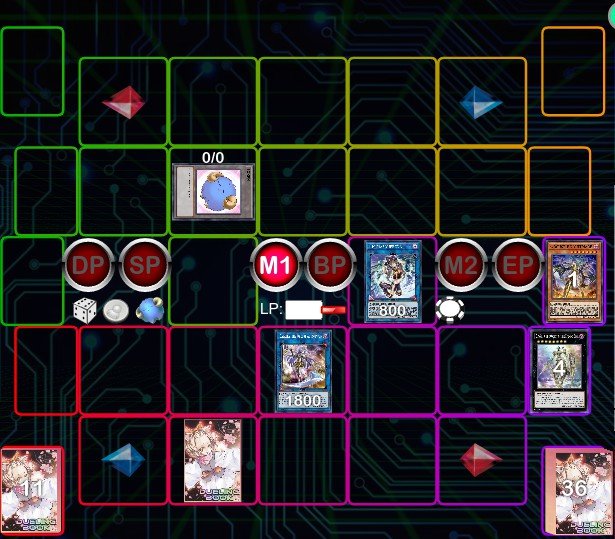
Main Matchups in the Format
Orcust can form a board with an omni negate through its counter trap, and through I:P Masquerena, usually activating S:P Little Knight, something that might not be enough to bring this deck to the top of the metagame, but is strong, particularly against the decks below tier 1.
Therefore, this deck is strong when you go first, and has the advantage against board breakers like Lightning Storm and Evenly Matched. It is only disadvantaged against handtraps that affect your graveyard and particularly Nibiru, the Primal Being.
When you go second, this deck can deal well with rogue decks or decks with a lower power ceiling, but, against the format's tier 1 and 2 decks, like Sinful Spoils Rescue-ACE, Labrynth, Bystial Runick, Centur-Ion, Mannadium and Purrely, it struggles and depends on how well its techs pair up to win the match.
Final Words
So, what did you think of this deck? I hope you enjoyed learning more about it, and that you have a lot of fun with it.
You're welcome to give your opinion in the comment section. Cards Realm thanks you for your support!

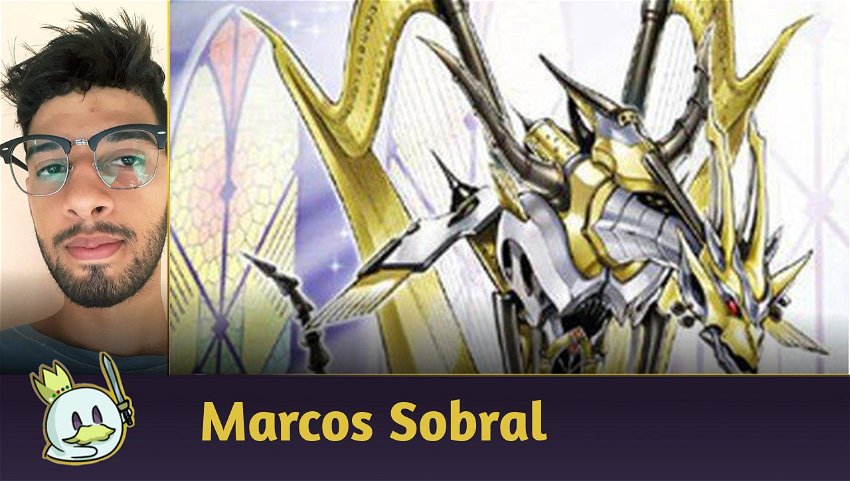







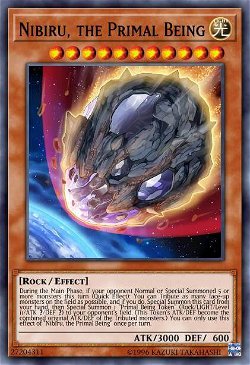
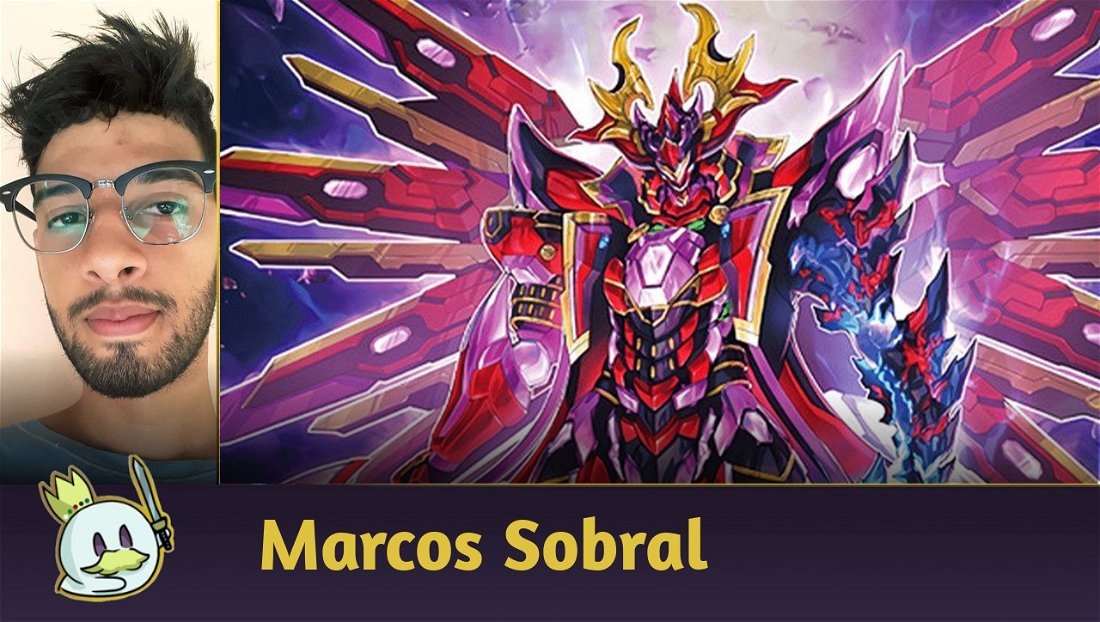
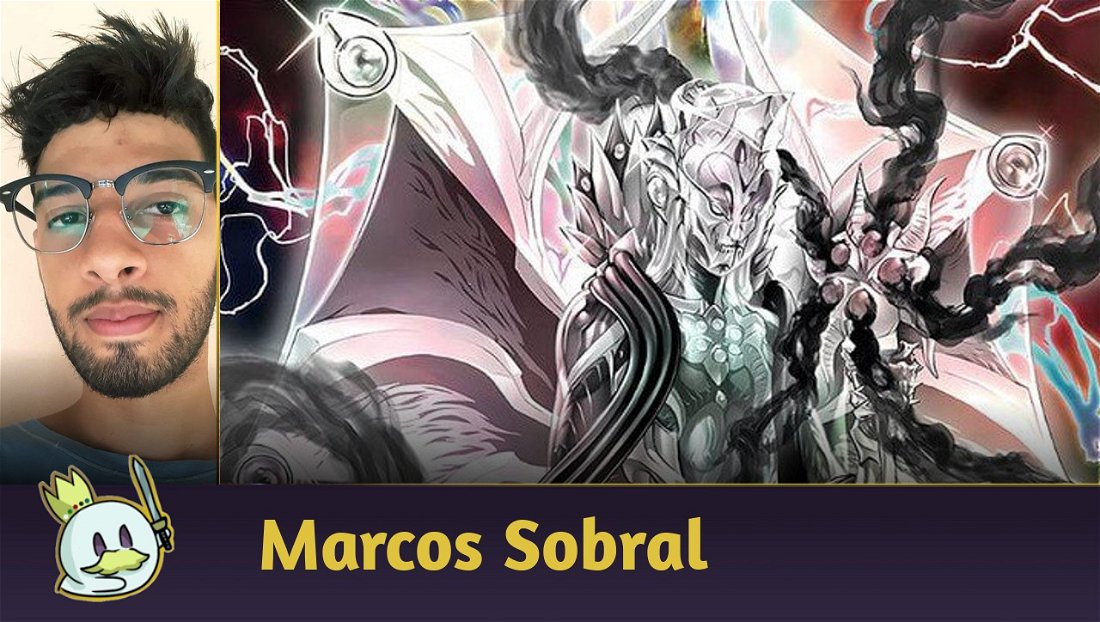



— تعليقات 0
, ردود الفعل 1
كن أول من يعلق